With about 500 km separating Rosetta from comet 67P, it is still necessary to reduce the spacecraft’s speed with respect to the comet by some 3.5 m/s.
The two remaining burns in the ten-burn series of orbit correction manoeuvres (OCMs) that are achieving this are dubbed CATP (Close Approach Trajectory – pre-Insertion) and CATI (Close Approach Trajectory – Insertion), and are planned for 3 and 6 August, respectively.
Here are the details for Sunday, 3 August.
The burn is set to begin at 11:00 CEST (09:00 UTC), will run for about 13 mins:12 secs and will bleed off some 3.2 m/s of speed.
“It will be initiated, as all of our OCMs have been, automatically by a stack of commands; these have already been pre-loaded on board Rosetta,” says Spacecraft Operations Manager Sylvain Lodiot.
“We also need to bend the spacecraft’s trajectory towards the comet, going from today’s 200-km miss distance to 70 km, and reduce the relative velocity to about 1 m/s.”
The final insertion burn – CATI – will be conducted on 6 Aug, after which Rosetta is set to achieve a speed substantially equal to the comet at a stand-off distance of about 100 km.
‘Orbit insertion’ is a bit of a misnomer, as the spacecraft will still be too far from the comet to be captured by its gravity into a bound keplerian orbit.
Orbit insertion means that Rosetta will in fact begin following a series of triangular arcs, each about 100-km long, and it will conduct a small thruster burn at each apex to swing onto the next arc and stay near the comet. The height of the arcs above the surface will be steadily lowered, until 67P/C-G’s gravity does capture the spacecraft (see How Rosetta Arrives at a Comet for details).
“All systems on the spacecraft are performing well and the entire team is looking forward to a smooth arrival,” says Sylvain.

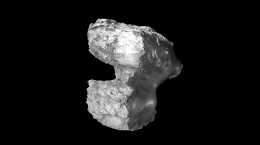
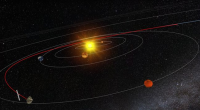
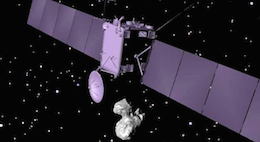

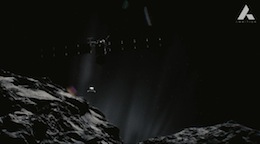
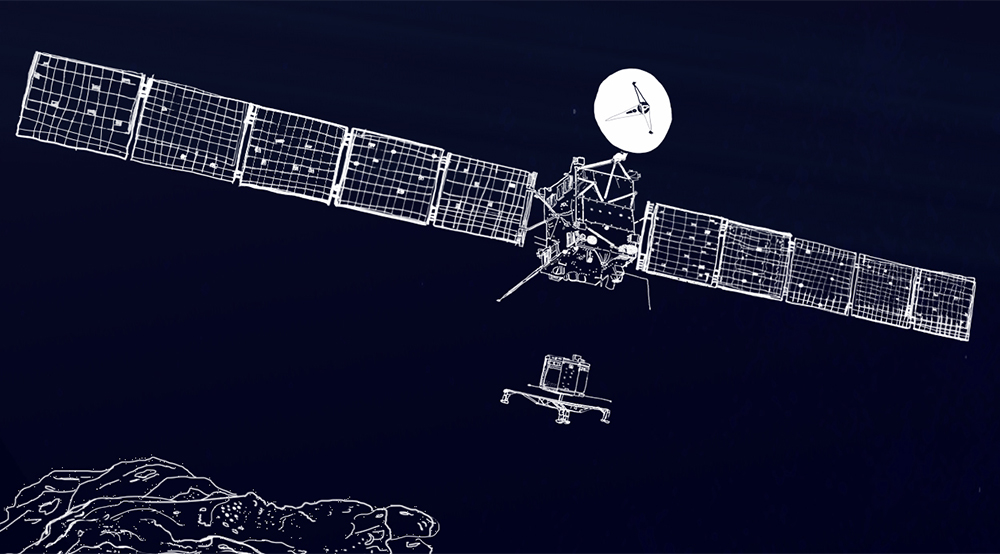
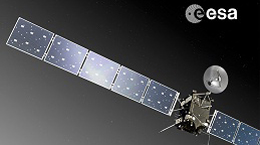
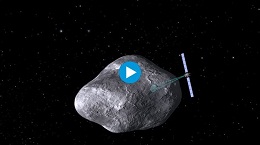
Discussion: 5 comments
Congratulations ESA staff!
relax and focus
this is going to be
splendid…
😉
You are going
to dance with this
old lady
🙂
Ans this •is• Europe working.
Congratulations to all of you.
You are doing a fantastic job !
I am just amazed that TV channels prefer to discuss during hours and hours thé number of km of traffic jams on the motorways instead of showing top of the art results that teams like yours are doing.
THANKS A LOT.
Serge
This scientific adventure has captured the imagination all over the world.
What has been done so far is an incredible achievement , my best wishes of success to the Rosetta team.